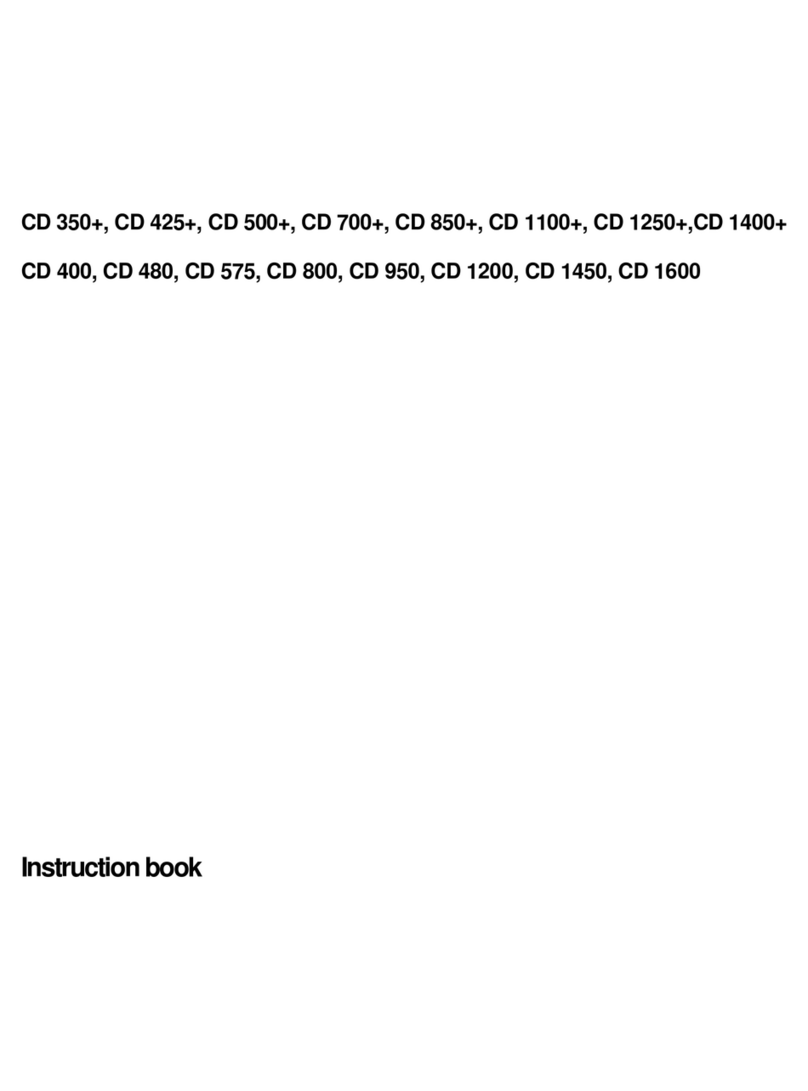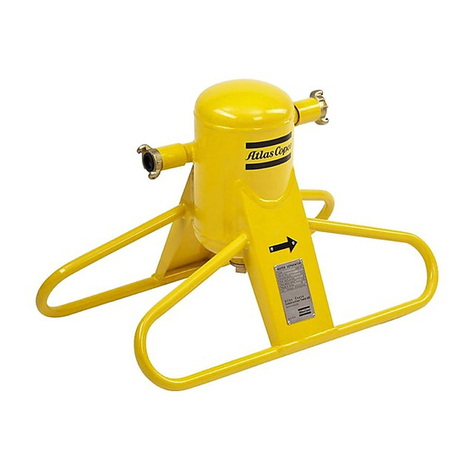1.3 Safety precautions during operation
All responsibility for any damage or injury resulting from neglecting these precautions, or
non-observance of the normal caution and care required for installation, operation,
maintenance and repair, even if not expressly stated, will be disclaimed by the
manufacturer.
1. Persons switching on remotely controlled machines shall take adequate precautions to ensure that there
is no one checking or working on the machine. To this end, a suitable notice shall be affixed to the remote
start equipment.
2. Never operate the device in the presence of flammable or toxic fumes, vapours or particles.
3. Never operate the device below or in excess of its limit ratings.
4. Do not operate the device when there are flammable or toxic fumes, vapors or particles.
5. Keep all bodywork doors and panels closed during operation. The doors may be opened for short periods
only, e.g. to carry out routine checks.
6. People staying in environments or rooms where the sound pressure level reaches or exceeds 90 dB(A)
shall wear ear protectors.
7. Periodically check that:
• All guards and fasteners are in place and tight
• All hoses and/or pipes are in good condition, secure and not rubbing
• There are no leaks
• All electrical leads are secure and in good order
8. Never remove or tamper with the safety devices.
Also consult following safety precautions: Safety precautions during installation and
Safety precautions during maintenance or repair.
These precautions apply to electrical devices.
For precautions applying to the connected equipment consult the relevant instruction book.
Some precautions are general and cover several machine types and equipment; hence
some statements may not apply to your machine.
1.4 Safety precautions during maintenance or repair
All responsibility for any damage or injury resulting from neglecting these precautions, or
non observance of the normal caution and care required for installation, operation,
maintenance and repair, even if not expressly stated, will be disclaimed by the
manufacturer.
1. Use only the correct tools for maintenance and repair work.
2. Use only genuine spare parts.
3. A warning sign bearing a legend such as "Work in progress - do not start" shall be attached to the starting
equipment, including all remote start equipment.
4. Persons switching on remotely controlled machines shall take adequate precautions to ensure that there
is no one checking or working on the machine. To this end, a suitable notice shall be affixed to the remote
start equipment.
5. Never use flammable solvents or carbon tetrachloride for cleaning parts. Take safety precautions against
toxic vapours of cleaning liquids.
6. Scrupulously observe cleanliness during maintenance and repair. Keep dirt away by covering the parts
and exposed openings with a clean cloth, paper or tape.
7. Never use a light source with open flame for inspecting the interior of the device.
Instruction book
4 AIF999999





























